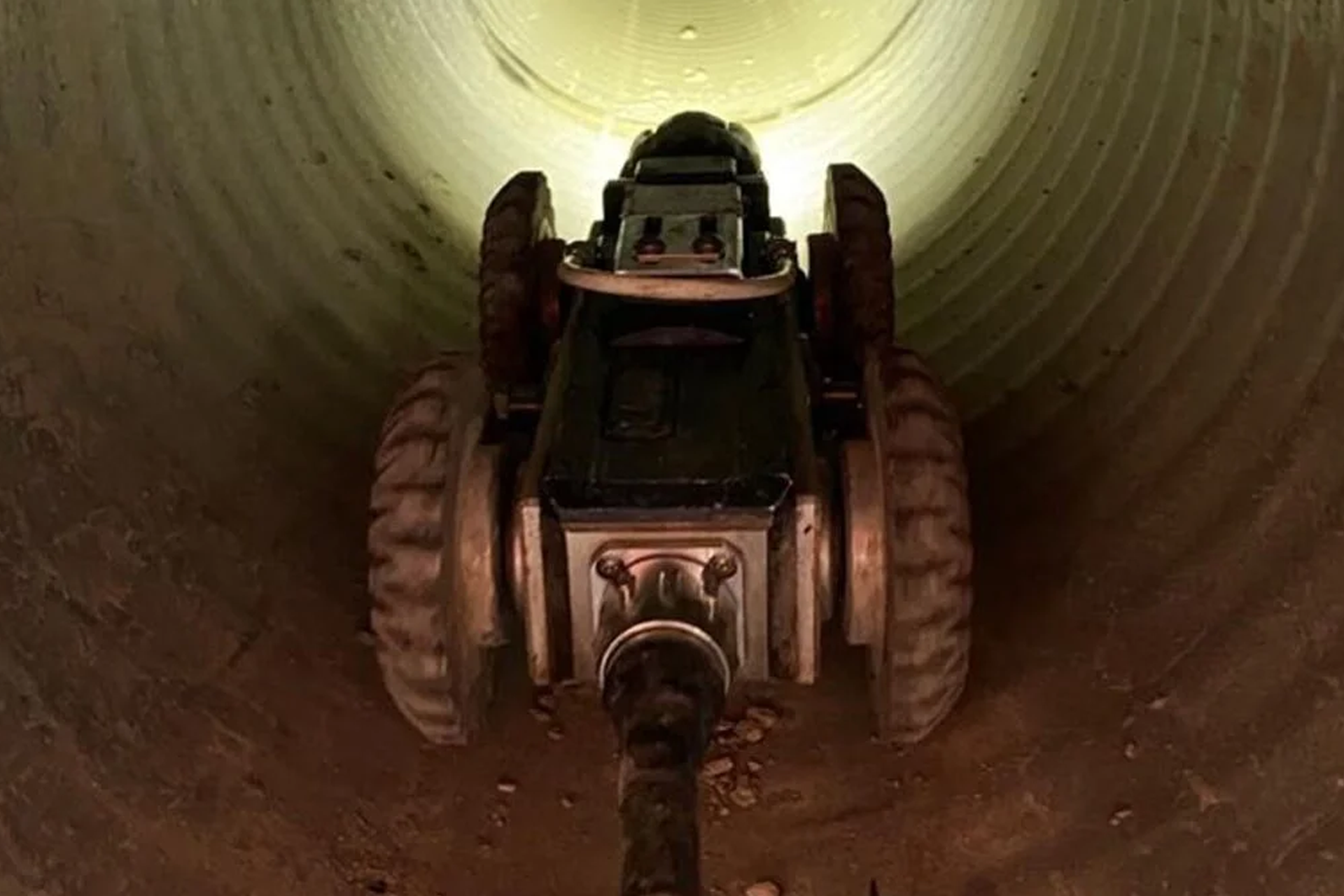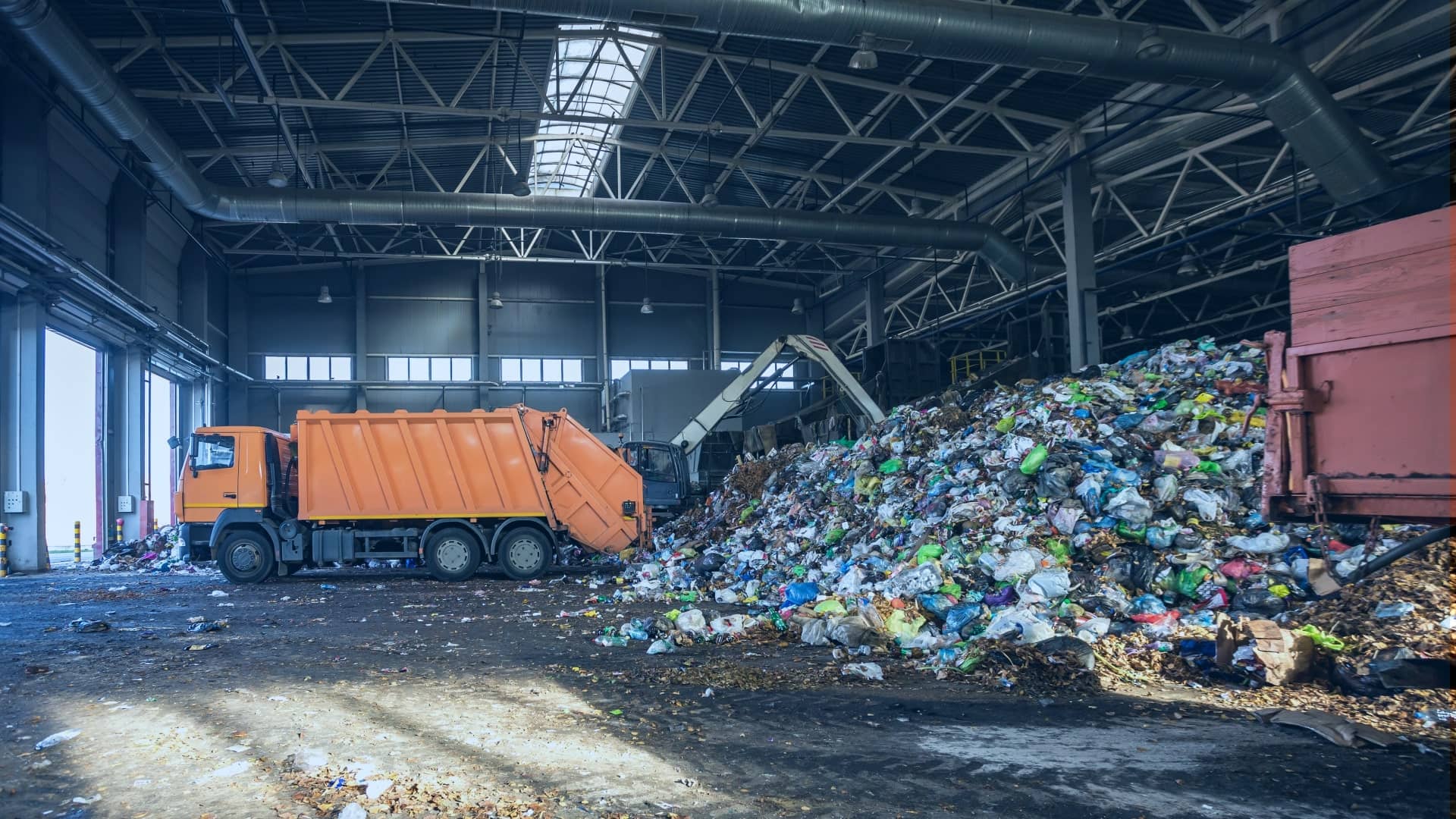Not known Facts About Reclaim Waste
Not known Facts About Reclaim Waste
Blog Article
The Single Strategy To Use For Reclaim Waste
Table of ContentsExamine This Report about Reclaim WasteHow Reclaim Waste can Save You Time, Stress, and Money.8 Easy Facts About Reclaim Waste Explained9 Simple Techniques For Reclaim WasteThe smart Trick of Reclaim Waste That Nobody is Talking About
Domestic sewer waste refers to the waste and items from a domestic septic storage tank. The proper administration and disposal of domestic sewer waste call for fluid waste to be transferred to a sewer treatment plant where the correct approaches and equipment are used to purify and dispose of waste.
Industrial waste commonly consists of possible threats, such as combustible materials or a mix of fluid and strong waste products, and needs a much more innovative and thorough disposal procedure. The disposal of industrial waste generally involves the purification of waste prior to transportation to guarantee secure and proper disposal. Hazardous waste is developed from byproducts and runoff of industrial processes and manufacturing.
This type of waste can not use the very same sewer management transportation or procedures as septic or industrial liquids. The industrial waste management process calls for the assessment and testing of fluid waste prior to it undertakes the disposal process (industrial wastewater treatment). Drainage waste is the fluid waste that comes from drainage and excess stormwater in extremely populated areas or cities
Runoff waste can create contamination and flooding otherwise dealt with properly. Discover a lot more concerning drain cleansing and waste administration. Making certain proper waste administration can protect against disasters and lower environmental damage. Both individuals in household settings and experts in commercial or manufacturing sectors can benefit from recognizing the procedures and regulations of fluid waste monitoring.
The Only Guide for Reclaim Waste
Get in touch with PROS Solutions today to find out regarding our waste administration and disposal services and the correct methods to care for the liquid waste you create.
(http://tupalo.com/en/users/7813759)This so-called 'wastewater' is not just an important source yet, after therapy, will be launched to our land, rivers or the ocean. Made use of water from toilets, showers, baths, cooking area sinks, washings and commercial processes is known as wastewater.

water utilized to cool down machinery or tidy plant and equipment). Stormwater, a type of wastewater, is runoff that flows from farming and metropolitan locations such as roofings, parks, yards, roads, courses and gutters into stormwater drains pipes, after rain. Stormwater streams untreated directly to neighborhood creeks or rivers, eventually getting to the sea.
More About Reclaim Waste
In Queensland, the majority of wastewater is dealt with at sewer therapy plants. Wastewater is moved from residential or industrial sites through a system of sewers and pump terminals, recognized as sewage reticulation, to a sewer therapy plant.
The Division of Natural Resources encourages neighborhood federal governments regarding handling, operating and maintaining sewage systems and therapy plants. In unsewered areas, regional governments may call for owners to mount specific or house sewer therapy systems to deal with residential wastewater from toilets, kitchen areas, shower rooms and laundries. The Department of Natural Resources authorizes making use of home systems when they are shown to be effective.
In some new communities, therapy of some stormwater to get rid of litter, sand and gravel has started making use of gross pollutant traps. Wastewater treatment takes place in four phases: Eliminates strong matter.
Wastewater then flows right into huge storage tanks where solids settle and are eliminated as sludge. Oil and scum are skimmed from the surface area. Uses little living organisms referred to as micro-organisms to break down and get rid of remaining liquified wastes and great bits. Micro-organisms and wastes are included in the sludge. Removes nitrogen and phosphorus nutrients that can cause algal flowers in our rivers and endanger marine life.
The smart Trick of Reclaim Waste That Nobody is Talking About
Nutrient elimination is not readily available at all sewer treatment plants since it needs expensive specialised tools. Clear fluid effluent generated after treatment may still contain disease-causing micro-organisms - industrial wastewater treatment.

This usually means wastewater needs to be dealt with or contaminants removed prior to it can be discharged to rivers. The majority of wastewater moves right into the sewerage system. Under the Act, city governments provide approvals and permits for ecologically relevant tasks (ERAs) entailing wastewater launches that might have a local influence. The department administers authorizations and permits to Ages involving wastewater releases that could have a local or statewide influence.
Everything about Reclaim Waste
Tracking supplies accurate info about water high quality and can verify that permit problems are being satisfied. The information gotten through tracking offers the basis for making water quality decisions.
Report this page